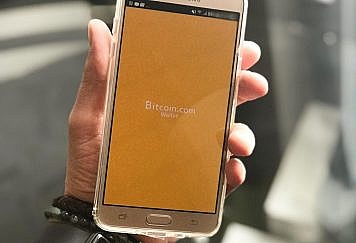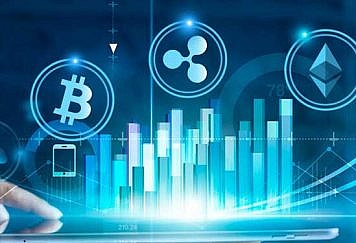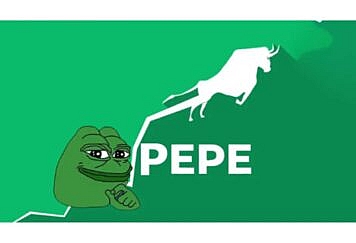You’ve probably already heard of Non-Fungible Tokens or NFT which are setting trends in the crypto world. These marketplaces have become a medium for trading as they are providing fresh, unique ideas and numerous methods that make these marketplaces interactive. In the NFT marketplace, digital assets have tremendous value, however, numerous physical assets are now being converted into NFTs, which only means that the market will continue expanding.
If you’re eager to learn more about non-fungible tokens and how they are impacting the crypto world, you’ll find all the important information in this article.
What are NFTs?
Non-fungible tokens have gained so much popularity and respect due to their uniqueness and indivisible characteristics. When compared to other fungible tokens, it’s important to know that NFTs cannot be interchangeable. As blockchain technology backs up the NFT, making them decentralized, the data stored will be encrypted and it will be impossible to trace that information back to the owner.
The assets are converted into non-fungible tokens and brought into public access by any of the NFT marketplaces. These assets which are converted into NFT can be literally anything from art, design, music, picture and so much more.
The majority of NFTs are part of the Ethereum blockchain. Similar to Bitcoin or Dogecoin, Ethereum NFTs are storing additional information that works differently from, for instance, an ETH coin.
NFT Marketplace
The users on the NFT marketplaces are allowed to sell, buy and stake the non-fungible tokens, yet the sellers can limit their edition and liberty of ranging the scale. When talking about the NFT marketplace development, there are many factors that will need to be taken into consideration such as:
- Token standard
- Blockchain technology
- Frontend UI
- Reliable and stable backend
- Extended supports
For token standards, keep in mind that only ERC-721 and ERC-1155 will support the NFTs. These token standards are built in a way to ensure the inseparable characteristics of Non-fungible tokens. However, NFT development is quite a complex job so it will require finding the right person or team to build it.
NFT vs Cryptocurrency
Both NFTs and cryptocurrency have been built using the same kind of programming, but that’s pretty much all they have in common. Just like physical money, cryptocurrencies are also fungible. In other words, they can both be traded or exchanged for one another. They are equal in value as well, meaning one dollar will always be worth another dollar, the same way as one Bitcoin will equal one bitcoin. This fungibility that cryptocurrency has adds trustworthiness when it comes to conducting transactions on the blockchain.
Non-fungible tokens, as the NFTs meaning indicates, are quite different. Each of these tokens has a digital signature making it impossible for NFTs to be exchanged for equal value. One non-fungible token is not equal to another non-fungible token just because they’re both NFTs.
How NFT Works
Non-fungible tokens exist on a blockchain, a distributed public ledger that records transactions. As mentioned above, NFTs are usually held on the Ethereum blockchain, although you will find other blockchains supporting them as well.
A non-fungible token is created from digital objects that can represent tangible and intangible items, such as art, GIFs, videos, collectibles, virtual avatars, designer sneakers, music, etc. Even tweets can be NFTs, and Twitter’s co-founder Jack Dorsey sold his first tweet as a non-fungible token for almost $3 million.
Think of them as collector’s items, but in a digital version. So, instead of hanging an actual oil painting on your wall, you can get a digital file instead. Also, NFTs get exclusive ownership rights, so there’s only one owner at a time. Its unique data makes it quite simple to verify their ownership and transfer these tokens between the owners.
Buying NFTs
If you’re keen on buying non-fungible tokens, you will need to get a few things first. To store NFTs and cryptocurrencies, you will first need to get a digital wallet. Depending on the currencies your chosen NFT provider allows, you will probably need to buy some cryptocurrency such as Ether. To buy cryptocurrencies, you will need to use your credit card on platforms such as Coinbase, Kraken, eToro, Robinhood, and PayPal.
Then, you will have to option to move it from the exchange to your chosen wallet. Keep in mind that most of the exchanges charge fees, so when doing your research, take a look at that information. The majority of them will charge a percentage of the transaction each time you buy crypto.
The Bottom Line
There’s no doubt that blockchain technology is completely changing how we do things personally and professionally. When it comes to non-fungible tokens, you can expect to hear more about them in the future as more and more users start investing their money into them. If you’re already considering purchasing NFTs, make sure you do your research first and make the first purchase without regrets.
Follow TechStrange for more Technology, Business, and Digital Marketing News.





